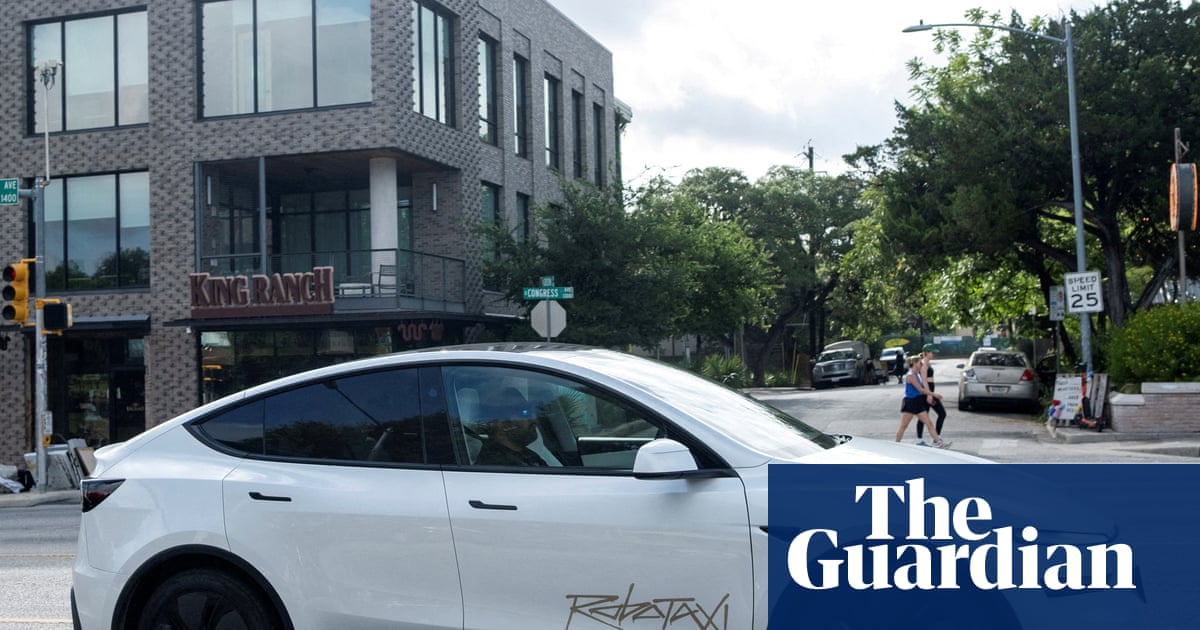- cross-posted to:
- news@lemmy.world
- cross-posted to:
- news@lemmy.world
After years of promising investors that millions of Tesla robotaxis would soon fill the streets, Elon Musk debuted his driverless car service in a limited public rollout in Austin, Texas. It did not go smoothly.
The 22 June launch initially appeared successful enough, with a flood of videos from pro-Tesla social media influencers praising the service and sharing footage of their rides. Musk celebrated it as a triumph, and the following day, Tesla’s stock rose nearly 10%.
What quickly became apparent, however, was that the same influencer videos Musk promoted also depicted the self-driving cars appearing to break traffic laws or struggle to properly function. By Tuesday, the National Highway Traffic Safety Administration (NHTSA) had opened an investigation into the service and requested information from Tesla on the incidents.
Let me tell you how thrilled we all are to have a new hazard added to Austin streets.



With good integrated design, the LIDAR could be practically invisible. So weird to think the average person actually would care about the details of how something works, or maybe Elon Musk just literally cannot imagine a car that uses LIDAR without it having a big assembly on the roof.
Looking at their recent facelifts, I don’t think they have many good designers left
I have a theory on this. They use a lot of ML for FSD and Ap. That a radical redesign would change the model enough that they would have to retrain from scratch. So they keep the facelifts extremely minor .
Just a theory.
Tesla’s used to have LiDAR - they turned them off in software and stopped adding them to newer models.